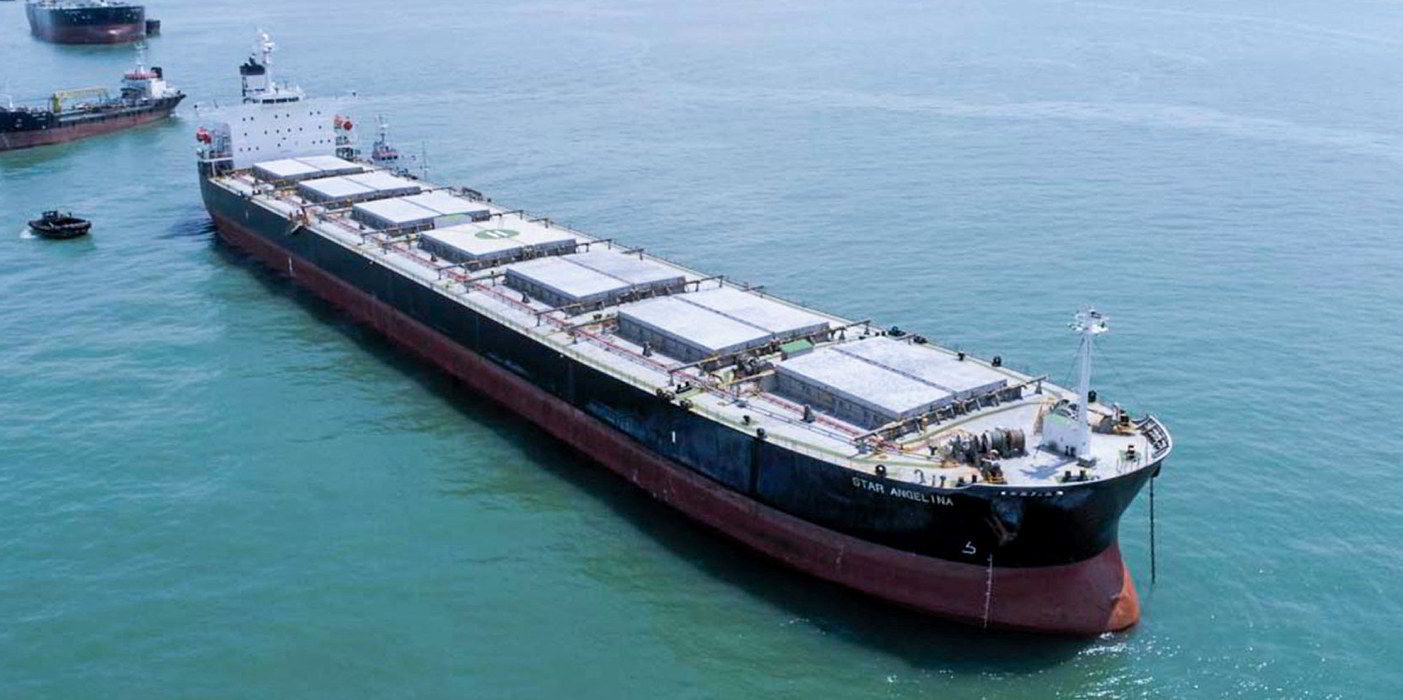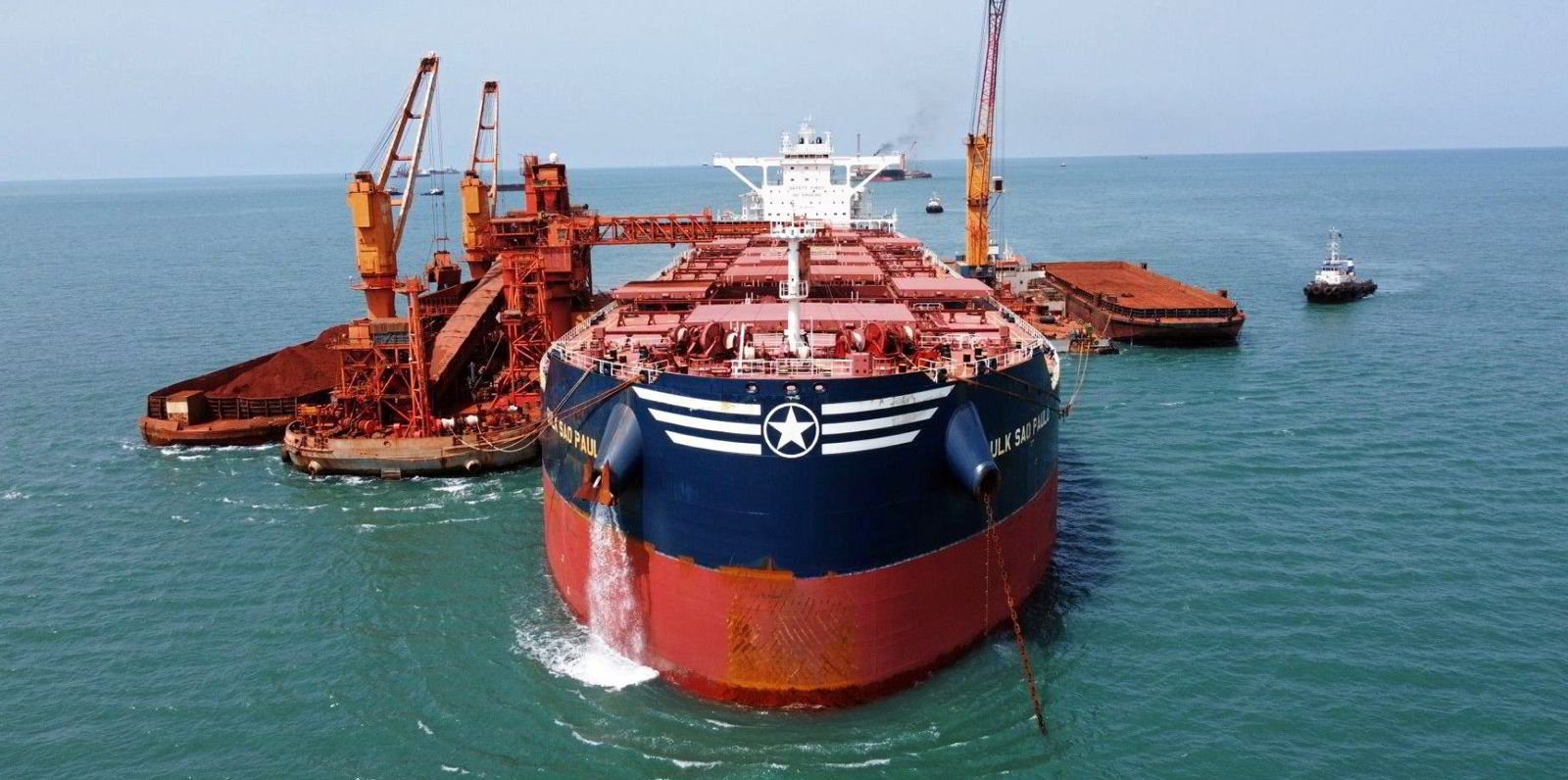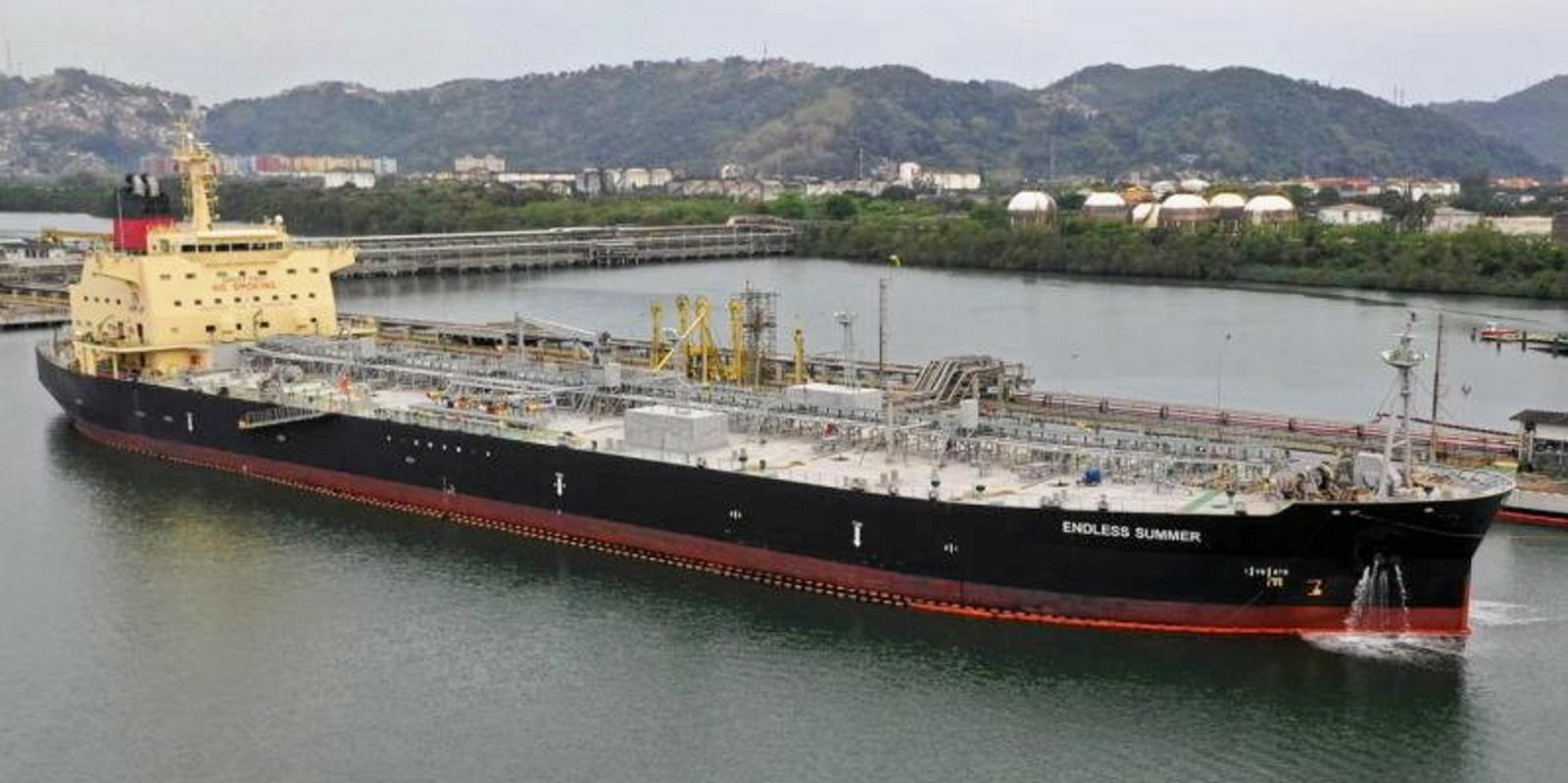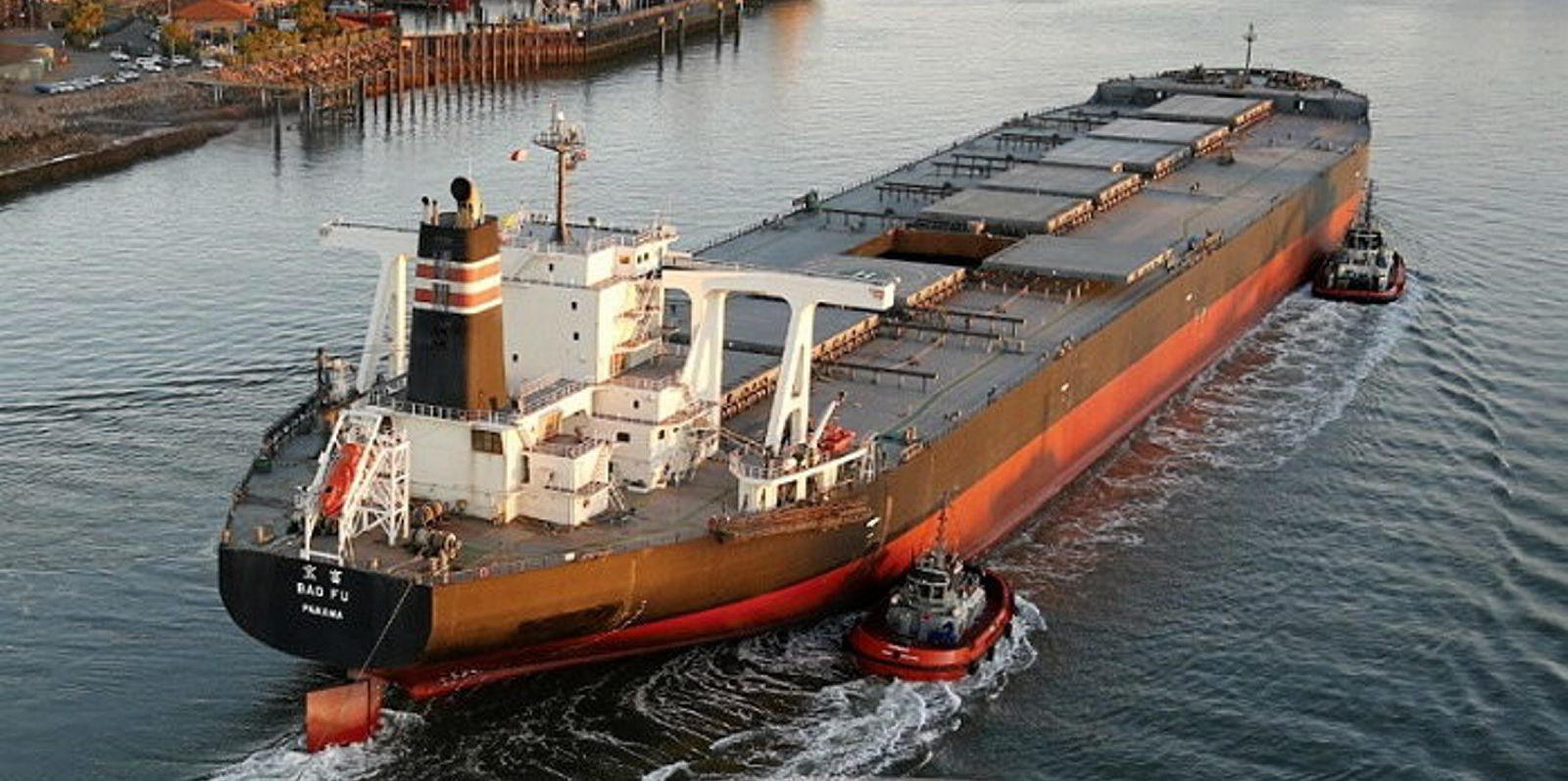The dry bulk spot market rose over the past week as China imported record amounts of bauxite and South America exported high volumes of grain.
The Baltic Dry Index, a broad-based index of spot-market strength, surged 16.4% over seven days, ending Friday at 1,381 points.
The Baltic Exchange’s Capesize 5TC basket of spot-rate averages across five key routes jumped 24% over the same period to end the week at nearly $13,300 per day, hitting its highest level in almost four weeks.
All of the benchmark iron ore routes saw higher spot rates by the end of the week, particularly the roundtrip C10 voyage between Western Australia and China.
The route’s average spot rate climbed 19.5% over the week to hit $14,650 per day on Friday, marking a nearly five-week high, according to the exchange.
“China reported yesterday record high aluminum production, so the bauxite trade is at all-time highs, which also has been absorbing a lot of capes,” said John Kartsonas, founder of Breakwave Advisors, a US-based asset management firm runs an exchange-traded fund focused on dry bulk.
“We also think there is more to come as we approach the seasonally strong fourth quarter.”
Baltic Exchange data showed that Australian mining giant Rio Tinto fixed two unnamed capesizes on Friday to ship 170,000 tonnes of ore at $8.70 to $8.80 per tonne from Dampier, Western Australia, to Qingdao, China, with loading between 20 September to 3 October.
That is up from the $8.25 per tonne that Rio Tinto paid a week earlier for a similar fixture, according to the exchange.
Kartsonas also noted that China has considerable economic stimulus money on tap and the Central Bank of China again cut its key interest rate by 10 basis points to 2.65% on Thursday.
“All these actions will have an impact on economic activity, and I think you are at the early innings of such a short-term increase and inventory built-in key commodities like iron ore,” Kartsonas said.
“So, we remain positive for dry bulk for the next few months, and we see the change of capesize rates moving into the $20,000-per-day range as our base scenario for the winter.”
Capesize rates are also getting pushed up by low supply, port congestion in China and elsewhere, said Guiseppe Rosano, founder of London-based broking house Alibra Shipping.
“It’s a bit tight,” he said.
Average spot rates for panamaxes, supramaxes and handysizes also moved ahead over the past week, in great part due to robust grain volumes coming out of South America and, again, the Panama Canal delays.
As of Thursday, there were 108 vessels waiting to transit the panamax locks and 25 ships queuing to enter the canal’s bigger neopanamax lanes as a result of draught restrictions, according to Leth Agencies. Transit waiting times ranged from 10 days to 17 days.

The Panamax 5TC improved 11.2% over the read to reach more than $14,900 per day on Friday, while the Supramax 7TC rose 13.1% to $13,400 per day. The Handysize 10TC gained 10.9% to $11,400 per day.
“Healthy volumes out of the US Gulf peak season and out of South America are driving kamsarmax and ultramax rates to revisit their highs for the year,” Jefferies analyst Omar Nokta wrote in a note on Friday.
“Both vessel segments had peaked at just below $17,000 per day during the post-Chinese New Year jump seen in March and are up from their $10,000-per-day average during the three-month period between June and August.”






